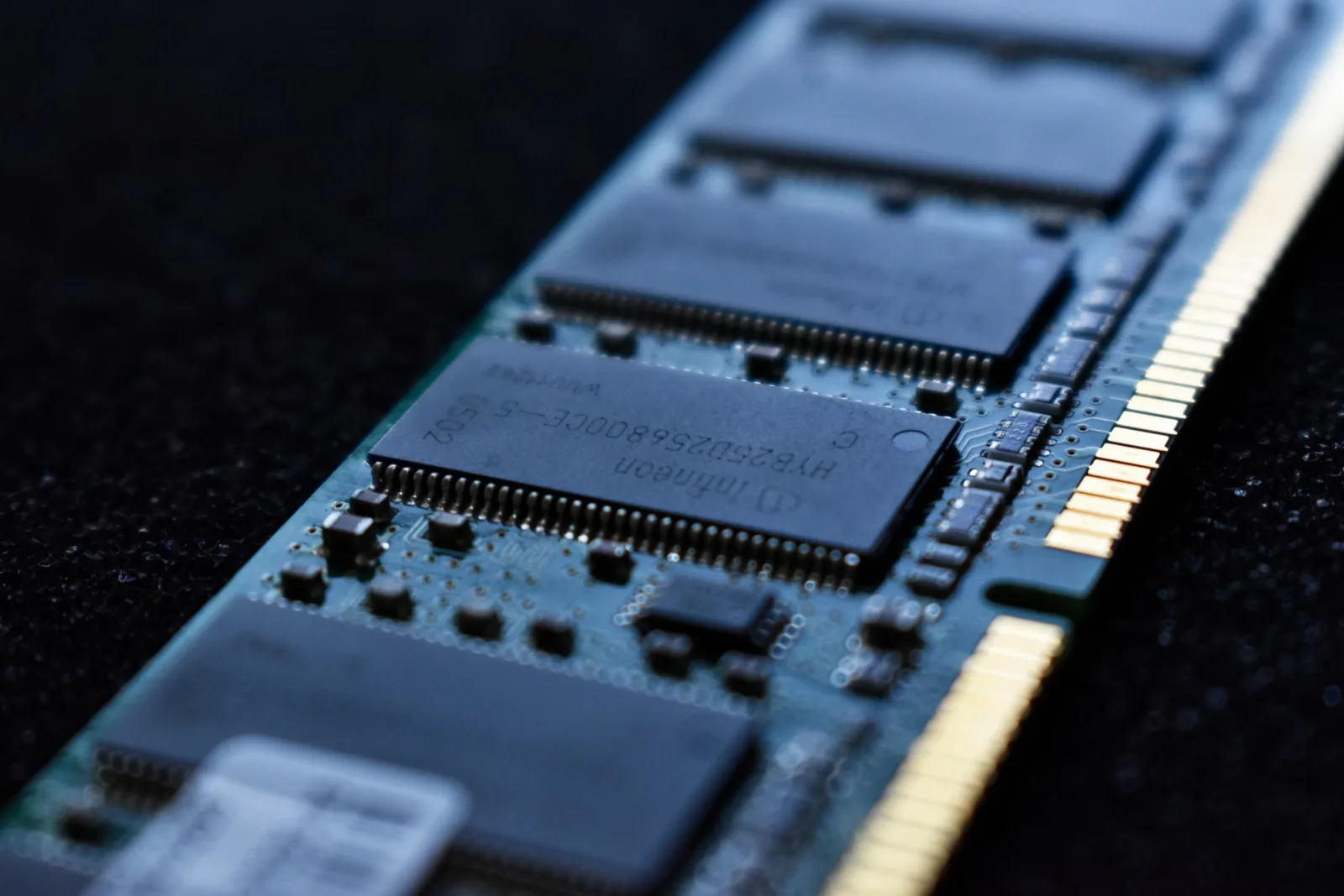Introduction
Processors play a pivotal role in modern computing, serving as the brain of any electronic device. From smartphones and tablets to laptops and servers, the performance and capabilities of processors have a direct impact on the user experience. In today’s fast-paced technological landscape, two prominent processor architectures dominate the market: ARM and x86.
The Importance of Processors in Modern Computing
In an era where computing requirements have become increasingly demanding, processors have evolved to meet these challenges head-on. They are responsible for executing instructions, performing calculations, managing data storage and retrieval, and coordinating various components within a computer system.
The performance of processors directly affects tasks such as gaming, multimedia editing, virtualization, artificial intelligence applications, and complex simulations. A powerful processor not only enhances user experience but also improves productivity by reducing processing time for resource-intensive tasks.
Brief Overview of ARM and x86 Processors
ARM (Advanced RISC Machine) processors are based on Reduced Instruction Set Computing (RISC) architecture. Initially developed by Acorn Computers in the 1980s as a low-power solution for personal computers, ARM architecture has evolved significantly since then.
Today it powers a vast array of devices including smartphones, tablets, smartwatches, IoT devices, automotive systems, and more. x86 processors trace their origins back to Intel’s 8086 microprocessor released in 1978.
The x86 architecture is based on Complex Instruction Set Computing (CISC), which emphasizes a wide range of instructions capable of performing complex operations in fewer steps. Over the years, Intel’s x86 architecture has become synonymous with desktops and laptops running Microsoft Windows or Linux operating systems.
Purpose of the Article: Exploring the Differences Between ARM and x86 Processors
The purpose of this article is to delve into the fundamental differences between ARM and x86 processors. By understanding the unique characteristics and design principles behind each architecture, readers will gain valuable insights into their respective strengths and weaknesses. Comparing these two processor families will help individuals make informed decisions when selecting devices or planning software development for specific platforms.
Throughout this article, we will explore various aspects such as performance, energy efficiency, software compatibility, application domains, and market dominance to shed light on which architecture might be better suited for different use cases. So let us embark on this journey of discovery to unravel the intricacies of ARM versus x86 processors.
Understanding Processor Architecture
Basics of Processor Architecture
When delving into the intricate world of processor architecture, it is essential to grasp the fundamental concepts that underpin the design and functionality of these critical components. At its core, processor architecture refers to the structure and organization of a central processing unit (CPU), encompassing various aspects such as instruction execution, data handling, and control flow. Understanding processor architecture involves comprehending the two primary facets: instruction set architecture (ISA) and microarchitecture.
Instruction Set Architecture (ISA)
The Instruction Set Architecture (ISA) represents the interface between software and hardware within a processor. It defines the set of instructions that a CPU can execute, along with their syntax, semantics, and encoding methods.
The ISA serves as a crucial abstraction layer that enables software developers to write code independent of underlying hardware implementation details. There are different types of ISAs available in modern computing systems, including Reduced Instruction Set Computer (RISC) and Complex Instruction Set Computer (CISC).
RISC-based architectures employ a simplified set of instructions with uniform formats to streamline execution efficiency. In contrast, CISC-based architectures feature complex instructions that can perform multiple tasks simultaneously but often require more memory resources.
Microarchitecture
Microarchitecture focuses on the internal organization and design implementation details within a CPU. It encompasses the specific circuitry, pipelines, caches, registers, and other components responsible for executing instructions defined by the ISA.
Microarchitecture plays a pivotal role in determining how efficiently an instruction is executed by optimizing factors such as clock cycles per instruction (CPI), branch prediction accuracy, cache utilization strategies, and out-of-order execution capabilities. Microarchitectural designs vary extensively across different processor families like ARM and x86 due to varying goals and target applications.
For instance, high-performance desktop CPUs typically possess complex superscalar architectures with multiple execution units, deep pipelines, and aggressive branch prediction mechanisms to maximize speed. On the other hand, power-efficient processors like those found in mobile devices may prioritize energy-saving features such as smaller pipelines and reduced clock speeds to conserve battery life.
Understanding these fundamental aspects of processor architecture lays the foundation for comprehending the nuances and distinctions between ARM and x86 processors. In the subsequent sections, we will explore these two prominent processor families in greater detail, highlighting their respective strengths and differences.
ARM Processors: Unveiling the Powerhouse
The Birth and Evolution of ARM Architecture
The history of ARM processors can be traced back to the humble beginnings of Acorn Computers in the early 1980s. Acorn Computers, a British company, sought to develop a new type of processor that would challenge the dominant players in the industry at that time. This led to the creation of Acorn RISC Machine (ARM), a reduced instruction set computing (RISC) architecture designed to deliver high performance with simplicity.
In 1990, ARM Ltd., previously known as Advanced RISC Machines Ltd., was established as a joint venture between Apple, Acorn, and VLSI Technology to further develop and license the ARM architecture. Since its inception, ARM Holdings has constantly evolved its processor designs to meet the demands of various industries.
The transition from Acorn RISC Machine to Advanced RISC Machines marked significant advancements in performance and efficiency. Today, ARM continues to lead in processor technology innovation, adapting its designs for specific applications while maintaining compatibility across different devices.
Key Features and Advantages of ARM Processors
Energy Efficiency and Low Power Consumption
One of the standout features of ARM processors is their exceptional energy efficiency and low power consumption. This characteristic has made them extremely popular in mobile devices such as smartphones, tablets, and wearables where battery life is crucial. The optimization techniques employed by ARM architects enable these processors to deliver outstanding performance while consuming significantly less power compared to their x86 counterparts.
In addition to mobile devices, ARM processors have found their way into various IoT applications and embedded systems where power constraints are prevalent. Their ability to perform complex tasks with minimal power consumption makes them ideal for devices such as smartwatches, smart home appliances, and even industrial automation systems.
Scalability for Diverse Applications
ARM processors exhibit remarkable scalability, allowing for application-specific customization. This means that the architecture can be tailored to meet the unique requirements of different industries and use cases. Companies can license ARM designs and customize them to optimize performance, power efficiency, and feature integration.
Furthermore, ARM processors support multi-core configurations, enabling parallel processing and enhanced performance in devices that require higher computational capabilities. Whether it’s a multi-core smartphone or a server-grade processor powering data centers, ARM’s flexibility allows for seamless scalability across a wide range of applications.
Dominance in the Mobile Computing Market
ARM has established its dominance in the mobile computing market through collaborations with major smartphone manufacturers. Their architecture has become the de facto standard for smartphones due to its power efficiency and performance advantages.
Leading chip manufacturers like Qualcomm, Samsung, and Apple have embraced ARM’s architecture to design their own custom chips based on ARM designs. Performance benchmarks consistently showcase the superiority of ARM processors in mobile devices compared to their x86 counterparts.
They offer excellent performance per watt metrics while maintaining lower thermal profiles. This not only translates into longer battery life but also enables thinner form factors without sacrificing computational capabilities.
x86 Processors: The Legacy Continues
Historical Background of x86 Architecture
The x86 processor architecture has a rich and storied history, with its roots tracing back to the revolutionary Intel 8086 microprocessor introduced in 1978. This marked a significant turning point in the computing industry, as it introduced a 16-bit architecture that would eventually dominate the market. The x86 architecture quickly gained popularity due to its compatibility with existing software and hardware, paving the way for widespread adoption.
The Intel Legacy: From Intel 8086 to Modern-Day CPUs
Intel, one of the leading semiconductor companies, has been at the forefront of developing and refining x86 processors over the years. Building upon the success of the Intel 8086, subsequent generations such as the 80286, 80386, and 80486 brought advancements in performance and capabilities.
The introduction of Pentium processors in the mid-1990s marked a significant milestone for both Intel and x86 architecture. It brought about major improvements in processing power and was widely embraced by consumers.
The evolution continued with subsequent releases like Core i series processors, which demonstrated remarkable improvements in performance through enhanced microarchitecture designs. Today’s modern-day CPUs based on x86 architecture are highly advanced and offer an array of features that cater to various computing needs.
Key Features and Advantages of x86 Processors
Wide Software Compatibility: One of the key advantages of x86 processors is their extensive software compatibility. Due to their longstanding dominance in the market, there is a vast ecosystem of software developed specifically for this architecture.
This ensures that users have access to an immense library of applications tailored for different purposes and operating systems. Legacy Support for Older Applications: With backward compatibility being an essential aspect for users dealing with older applications, x86 processors excel in this area.
They can seamlessly run software designed for older versions of the architecture, ensuring that users can continue using their legacy applications without any hassle. Vast Software Ecosystem: The popularity of x86 processors has fostered a thriving software ecosystem.
Developers worldwide create a wide range of applications, utilities, and tools specifically optimized for x86 architecture. This vibrant ecosystem ensures continuous innovation and allows users to explore an extensive selection of software options, catering to diverse needs.
Powerful Performance Capabilities: x86 processors are renowned for their powerful performance capabilities. With advancements in microarchitecture and manufacturing processes over the years, these processors have consistently delivered impressive performance gains.
Higher clock speeds, multiple cores, and advanced technologies like hyper-threading contribute to their ability to handle demanding tasks with ease. The x86 processor architecture has an illustrious history that spans decades of technological progress.
From its humble beginnings with the Intel 8086 to the modern-day CPUs such as the Core i series, x86 processors have continually evolved to provide powerful performance and maintain compatibility with a vast array of software applications. Their wide software compatibility and support for legacy applications make them suitable choices for both business and personal computing needs.
With ongoing advancements in microarchitecture and additional features being introduced regularly, it is evident that the legacy of x86 processors will continue well into the future. Embracing these processors enables users to tap into a robust ecosystem of software offerings while experiencing exceptional performance levels across various computing tasks.
 Skip to main content
Skip to main content


